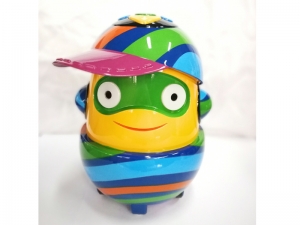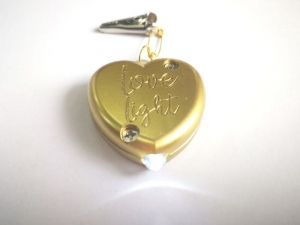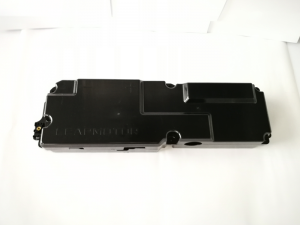Plastic toys are a staple in childhood, providing endless hours of fun and creativity. But have you ever wondered how these vibrant and diverse toys are made? The process primarily involves custom plastic injection molding, a method that allows manufacturers to create intricate shapes and designs efficiently.
The Injection Molding Process
At the heart of plastic toy manufacturing is the injection molding process. This method begins with raw plastic, usually in the form of small pellets. These pellets are fed into a heated barrel where they are melted down into a thick, viscous liquid. Once the plastic reaches the desired temperature, a screw mechanism pushes the molten plastic into a pre-designed mold.
Molds for plastic toys are meticulously crafted, often made from steel or aluminum, to withstand high pressure and repeated use. This is particularly important in industries like automotive plastic injection molding, where precision and durability are crucial. After the molten plastic fills the mold, it cools and solidifies into the desired shape. This cooling process can take anywhere from a few seconds to several minutes, depending on the thickness of the parts being molded.
Creating Unique Designs
One of the key advantages of custom plastic injection molding is its ability to produce complex shapes that are often required for unique toy designs. Manufacturers can create toys with intricate details, varying textures, and multiple colors. This versatility allows for a wide range of products, from simple blocks to sophisticated action figures with movable parts.
Once the mold is filled and the plastic has cooled, the mold is opened, and the newly formed plastic injection molded parts are ejected. These parts may require additional finishing processes, such as trimming excess plastic or painting. In some cases, manufacturers also use techniques like pad printing or laser engraving to add graphics or logos to the toys, enhancing their visual appeal.
Quality Control and Safety
Quality control is essential in the production of plastic toys. Manufacturers conduct various tests to ensure that the molded parts meet safety standards and are free from defects. This is especially critical for children's toys, which must adhere to strict regulations regarding materials and safety. Regular inspections during the injection molding process help identify any issues early on, ensuring that the final products are safe and reliable.
Sustainability Considerations
With growing awareness of environmental issues, many toy manufacturers are now exploring sustainable practices in their production processes. This includes using recycled plastics in their custom plastic injection molding processes or developing bio-based materials that reduce the ecological footprint of plastic toys.
In conclusion, the process of molding plastic toys is a fascinating blend of technology, artistry, and safety considerations. From the initial melting of raw materials to the final inspection of molded parts, each step plays a crucial role in creating the toys that spark joy and imagination in children around the world. By utilizing advanced techniques like automotive plastic injection molding and focusing on quality control, manufacturers can deliver high-quality toys that not only entertain but also inspire future generations. Whether you’re looking for simple building blocks or elaborate play sets, understanding the molding process reveals the craftsmanship behind these cherished items.












 +1 270-282-2096
+1 270-282-2096
